Physical Address
304 North Cardinal St.
Dorchester Center, MA 02124
Physical Address
304 North Cardinal St.
Dorchester Center, MA 02124
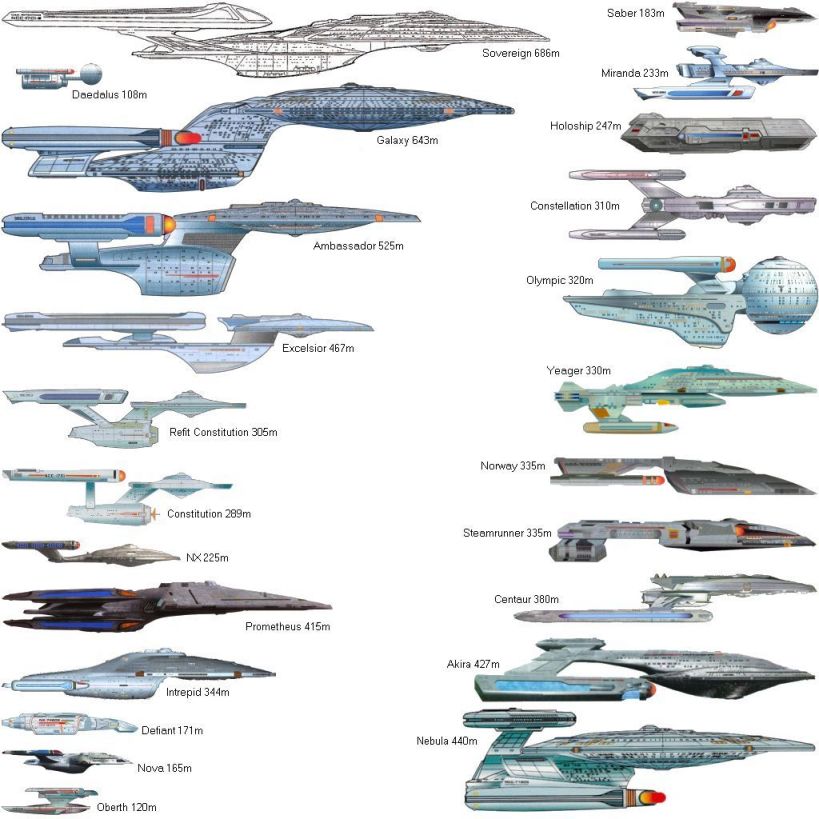
The universe of Star Trek is filled with an incredible array of starships, each with its own unique design, purpose, and history. From nimble scouts to mighty flagships, the franchise has introduced countless ship classes that have captured the imaginations of fans for decades. Whether you’re curious about how these vessels rank by size, interested in their chronological evolution, or want to explore their appearances across Federation history, understanding the many classes of Star Trek ships offers a fascinating journey through the final frontier. This article will guide you through the main ship classes, their timelines, images, and community discussions.
Star Trek features a fascinating variety of starship classes, each designed with specific roles in mind but often adaptable to many missions. For example, the original USS Enterprise from the classic series was considered a cruiser, a versatile ship built for exploration and defense. Later, ships like the Enterprise-D from The Next Generation era were classified as battleships, larger and more heavily armed, capable of both scientific research and combat.
There are also smaller classes like the Defiant, which is more of a corvette or escort ship, designed for tactical missions and quick response rather than deep exploration. Starfleet’s design philosophy emphasizes adaptability, so even ships primarily built for one purpose can handle a variety of tasks. This flexibility sets Starfleet vessels apart from the more specialized ships of other powers like the Klingons or Romulans.
Over time, ship classes evolved from cruisers to battlecruisers and battleships, reflecting changes in technology and strategic needs. The Galaxy-class (Enterprise-D) and Sovereign-class (Enterprise-E) are examples of this evolution, balancing size, firepower, and scientific capability to meet the challenges of the 24th century. This diversity in ship classes makes the Star Trek universe rich and exciting for fans who love starship design and space exploration.
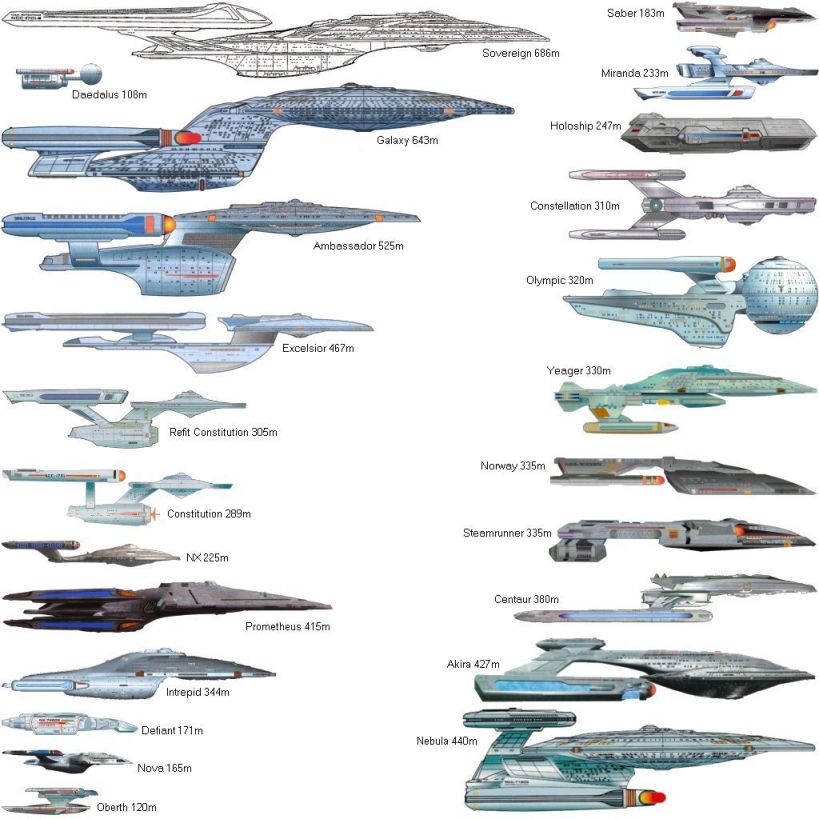
Star Trek ships come in a fascinating range of sizes, reflecting their different roles and eras. Smaller vessels, often called scouts or light escorts, can be under 100 meters long, designed for quick missions or reconnaissance. Mid-sized ships, like many cruisers, typically range from about 200 to 450 meters, balancing firepower, crew capacity, and versatility.
The larger starships, such as the famous Galaxy-class Enterprise-D, stretch beyond 600 meters, sometimes even over 1,000 meters like the massive Klingon D’Deridex battlecruiser. These giants serve as flagships or mobile bases, offering extensive facilities for exploration, diplomacy, and combat. Interestingly, the saucer section of the Galaxy-class is roughly the size of the Pentagon, showing just how enormous these ships are compared to real-world structures.
Over time, Starfleet vessels grew bigger and more complex, evolving from cruisers like the original Constitution-class Enterprise to battleship-sized ships and beyond. This size progression mirrors the expanding missions and technological advances in the Star Trek universe, making each class unique in its design and purpose.

Star Trek’s starship classes have evolved over time, each representing different eras and technological advances in Starfleet. The Constitution class is one of the most iconic, known as the pride of Starfleet during the original series era. It was a heavy cruiser designed for exploration and defense, with the USS Enterprise being the most famous example. Following that, the Ambassador class served as a transitional design, introducing new technologies like isolinear chips and bridging the gap between earlier ships and the more advanced Galaxy class.
The Galaxy class starships, like the USS Enterprise-D, are known for their multi-purpose role and advanced capabilities, combining exploration, scientific research, and defense in a sleek design. Later, the Sovereign class took the technology even further, representing the pinnacle of Starfleet’s warship design by the late 24th century, blending power and versatility. There are also lesser-known classes like the Odyssey and various early 23rd-century ships seen in Discovery, showing how Starfleet’s fleet has diversified across timelines and missions.
Interestingly, some debate exists about the exact classification of ships like the Enterprise, with some sources suggesting it’s more accurately described as a “Starship class” rather than Constitution class, reflecting the evolving nomenclature over time. Overall, Star Trek’s ship classes tell a story of progress, adapting to new challenges while exploring the final frontier.
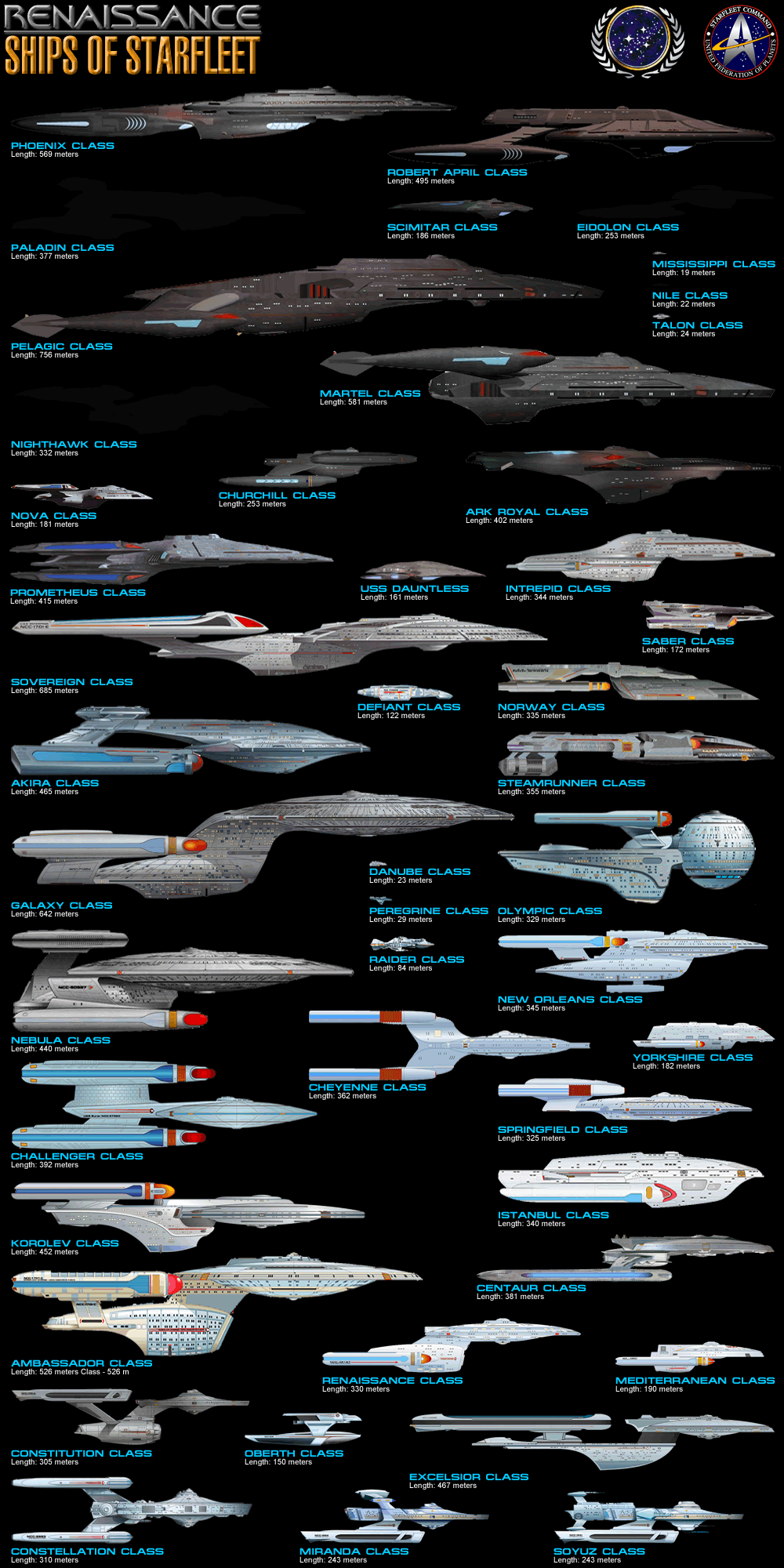
The Star Trek Federation boasts a fascinating variety of starship classes, each designed with specific roles in mind. For example, the Akira-class is a heavy cruiser known for its combat prowess, seen in major battles like the Dominion War. It’s a robust and versatile ship that balances firepower and speed. Then there’s the Defiant-class, a small but powerful escort vessel built specifically for combat rather than exploration, famous for its role in Deep Space Nine. It’s compact, highly maneuverable, and crewed by a small team, making it a fierce defender in tight situations.
On the other hand, the Excelsior-class serves as a reliable workhorse of the fleet—medium-sized and versatile, often seen as a backbone starship for various missions. The Prometheus-class stands out as an advanced tactical ship capable of splitting into three autonomous vessels, showcasing cutting-edge technology and speed. Other classes like the Miranda and Nebula serve as destroyers and multi-role cruisers, respectively, rounding out the fleet’s diversity. Each class reflects the Federation’s balance between exploration, defense, and diplomacy, making the starship fleet as dynamic as the universe it explores.
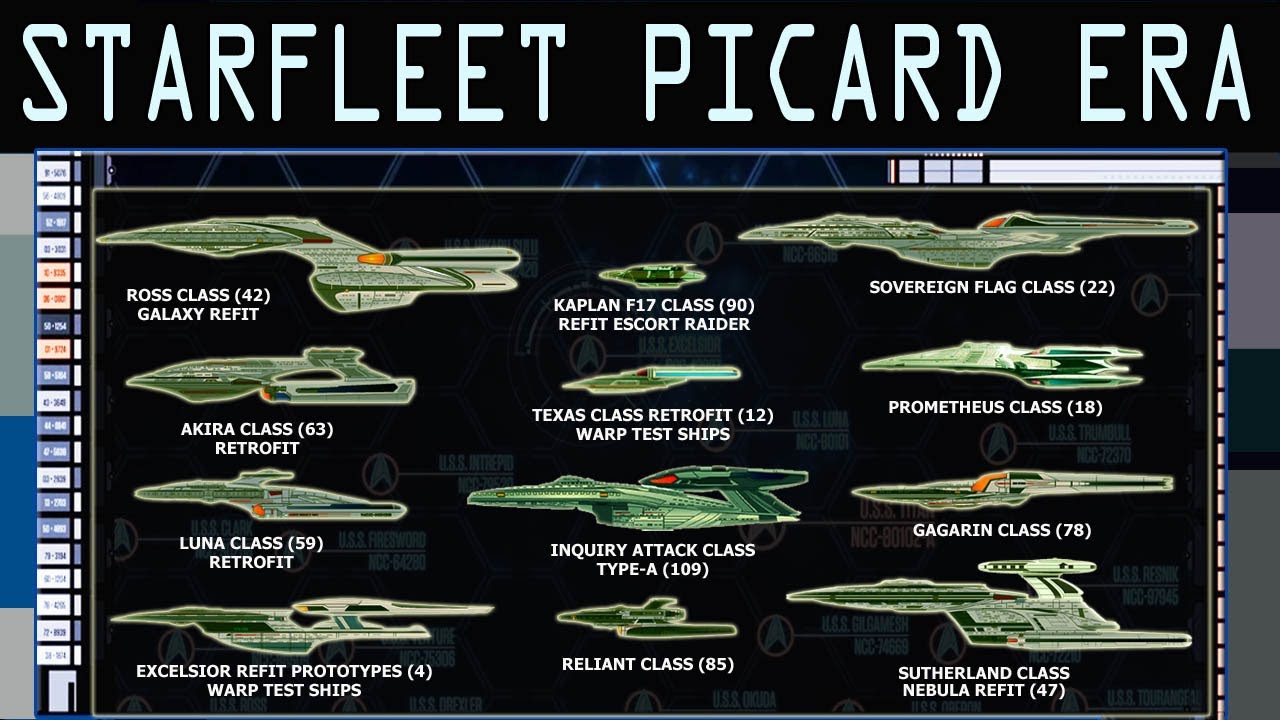
Star Trek ship classes have evolved significantly over the years, reflecting the changing needs and technologies of Starfleet. In the earliest days, around the 500s and 600s in the Star Trek timeline, Starfleet operated smaller vessels like destroyers and scouts. By the 1700s and 1800s, the famous Constitution-class heavy cruisers emerged, including the iconic USS Enterprise, although some debate exists about whether the Enterprise was officially Constitution-class or simply a Starship-class vessel due to early designations and creator input.
Moving forward, the 2000s saw the introduction of the Excelsior-class, which bridged the gap between the Constitution and later Federation classes. The 2100s brought in the Dreadnought-class, marking a shift toward more heavily armed and versatile ships. Throughout the 23rd century and beyond, Starfleet continued to diversify its fleet with explorers, cruisers, escorts, and science ships, each tailored for specific missions but maintaining adaptability as a core principle.
This progression highlights how Starfleet’s ship designs have balanced tradition with innovation, adapting to new challenges while honoring the legacy of earlier vessels. It’s a fascinating journey through Star Trek’s rich history of starship development.
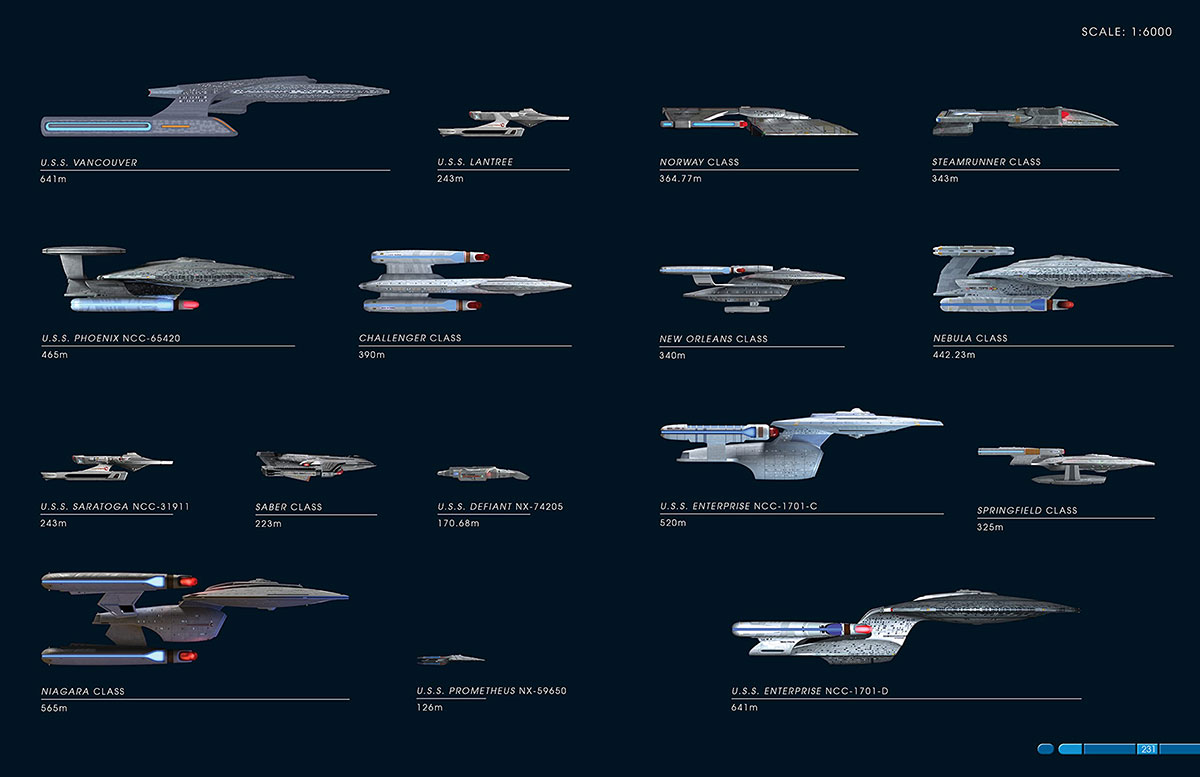
Star Trek ship classes are a fascinating aspect of the franchise, showcasing a wide variety of starships each with unique designs and purposes. For example, the Prometheus-class, featured in Voyager, is known for its advanced multi-vector assault mode, allowing it to split into three independent vessels—pretty cool for tactical missions deep in space. It’s also one of the fastest ships in the fleet, making it a standout in Starfleet’s arsenal. Another notable class is the Akira-class, which appeared in First Contact, Deep Space Nine, and Voyager. These ships played a crucial role during the Dominion War, participating in major battles like the retaking of Deep Space 9.
Fans and creators have also explored the original Starship class, to which the iconic Enterprise belongs. This class is recognized for its large size and power, and it’s interesting how discussions about its classification have evolved over time, with insights from Gene Roddenberry and Matt Jefferies adding depth to the lore. For those who love visuals, there are extensive galleries online featuring photos, schematics, and concept art of Federation and alien vessels, giving a rich visual history of Star Trek’s starships across different series and timelines. These images help bring the ships to life, making the Star Trek universe even more immersive and exciting.
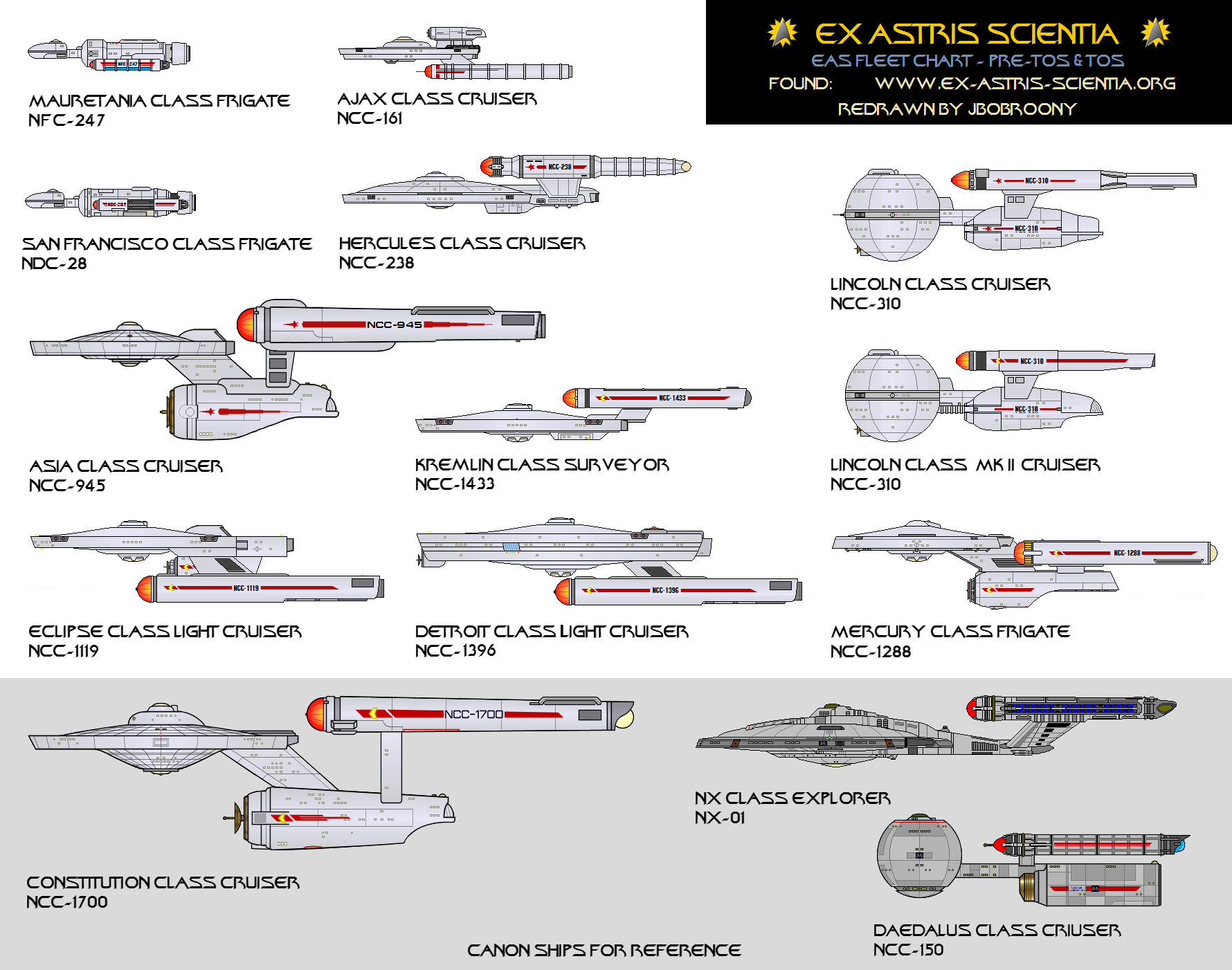
The timeline of Star Trek ship classes shows an exciting evolution of starship design reflecting humanity’s growing capabilities and challenges in space exploration. It begins in the 22nd century with the NX-class, Earth’s first true warp 5 exploration ships, which introduced key features like dual warp nacelles and early tactical systems. These were followed by the Columbia-class in the 2160s, which improved on the NX with stronger engines and better shields, marking a step forward in deep-space missions.
By the 23rd century, the iconic Constitution-class starships, including the famous USS Enterprise, took center stage. Launched around the 2240s, these vessels were designed for long-range exploration and defense, embarking on legendary missions such as the five-year voyage under Captain Kirk. The Kelvin timeline introduced a variation of this class after a significant event in 2233, leading to a different design and new Enterprises like the USS Enterprise-A.
Moving into the 24th century, Starfleet’s fleet expanded with classes like the Galaxy, Intrepid, and Sovereign, seen in The Next Generation and later series. These ships showcased advanced technology, larger crews, and more specialized roles, reflecting the Federation’s growing presence and complexity in space. This timeline highlights how Star Trek’s starships evolved alongside the stories, each class marking a new chapter in exploration and adventure.
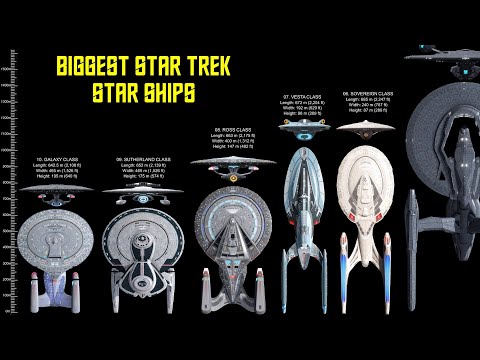
Star Trek ships are more than just vessels; they’re iconic characters in their own right, beloved by fans across the galaxy. The USS Enterprise, especially the NCC-1701-D from Star Trek: The Next Generation, stands out as a legendary starship. Captained by Jean-Luc Picard, it played a crucial role in defending the Federation, notably against the Borg, and even made a heroic return in Star Trek: Picard after being salvaged and repaired. Its sleek, curved design combines beauty with advanced technology, making it instantly recognizable.
Beyond the Enterprise, Star Trek features a variety of fascinating ships, each with its own unique style and purpose. For example, the USS Defiant from Deep Space Nine is a compact but powerful warship, designed for combat rather than exploration. Meanwhile, newer series like Star Trek: Lower Decks introduce ships like the Cerritos, which blend classic design elements with fresh, modern touches. Whether it’s the pioneering NX-class Enterprise or the futuristic Odyssey-class Enterprise F from Star Trek Online, these starships capture the spirit of adventure and exploration that defines Star Trek. They’re not just modes of transport—they’re symbols of hope, courage, and discovery.
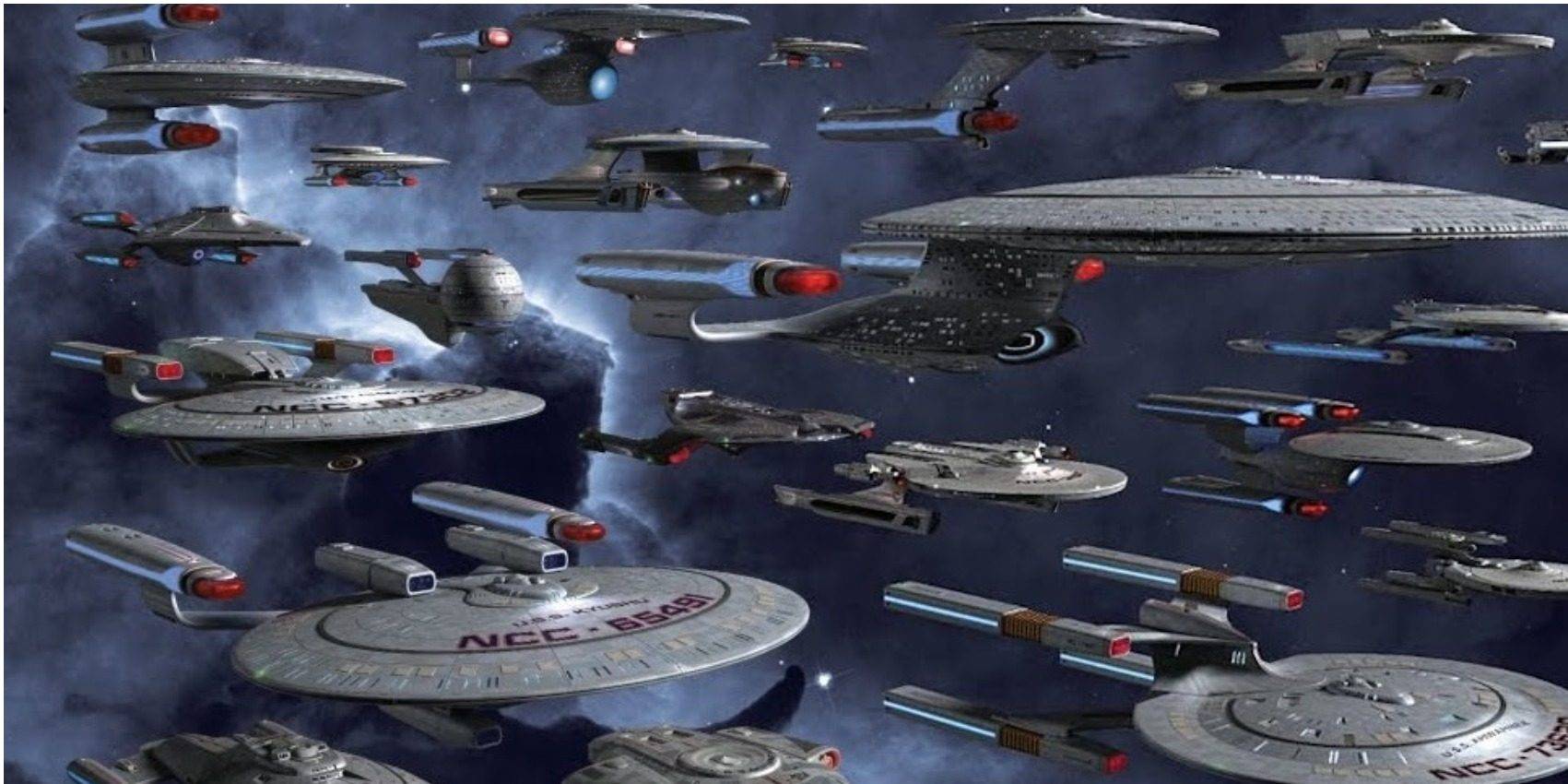
On Reddit, discussions about Star Trek ship classes are a lively mix of fan theories, technical breakdowns, and lore debates. Fans often dive deep into the distinctions between classes like cruisers, battleships, and escorts, analyzing how ships like the original Enterprise fit into these categories. For example, many consider the Constitution-class Enterprise a cruiser, while the Galaxy-class Enterprise-D is often seen as a battleship, reflecting its larger size and more advanced capabilities. The Kelvin timeline adds another layer, with its Enterprise sometimes classified as a battleship or even a large heli-carrier due to its size and shuttle complement. These conversations explore how Starfleet’s ship classes evolved over time, balancing exploration, combat, and support roles. Redditors also enjoy comparing the aesthetics and design philosophies behind different classes, noting how some ships look more advanced or bulkier depending on their era and purpose. Overall, the community’s passion shines through as they piece together Star Trek’s rich starship history, blending canon details with fan interpretations to better understand the fleet’s diversity and function.
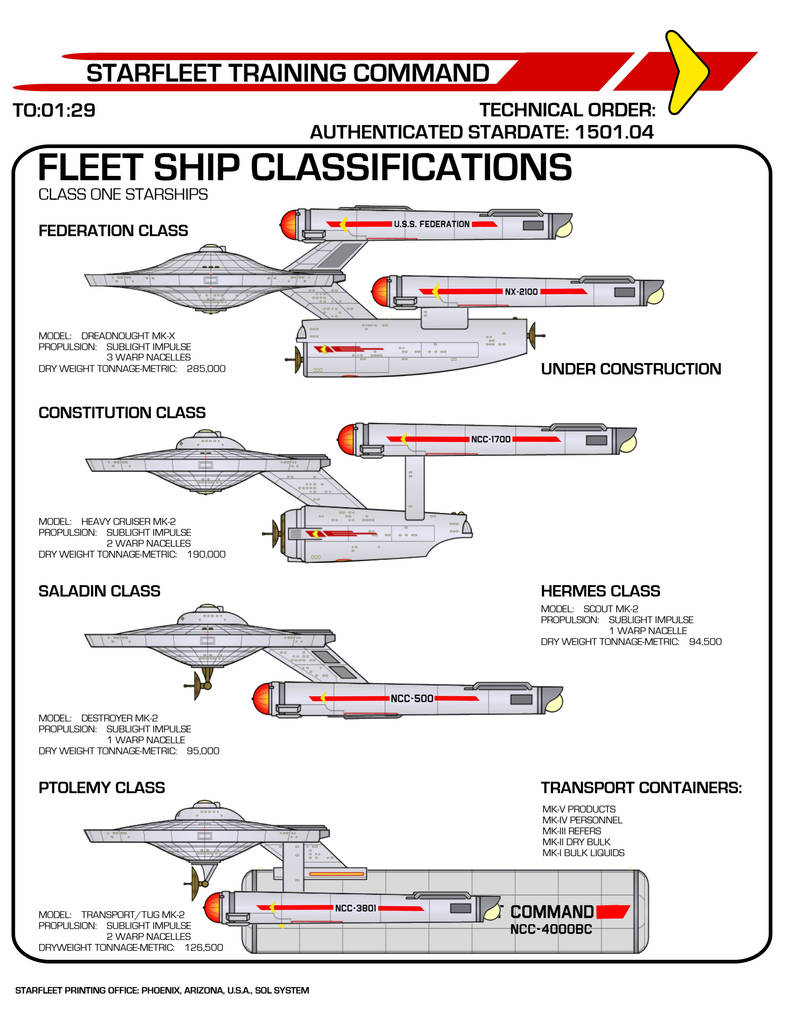
In conclusion, the diverse classes of ships in the Star Trek universe reflect the rich tapestry of exploration, combat, and diplomacy that defines the franchise. From the iconic Constitution-class starships that symbolize the spirit of exploration to the formidable warships like the Excelsior and Defiant classes, each vessel serves a unique purpose and embodies the values of its time. Whether engaging in battles or fostering interstellar relations, these ships enhance storytelling and deepen our connection to the vast cosmos. Ultimately, the enduring legacy of Star Trek continues to inspire generations, inviting us to imagine a future defined by courage, discovery, and unity among the stars.